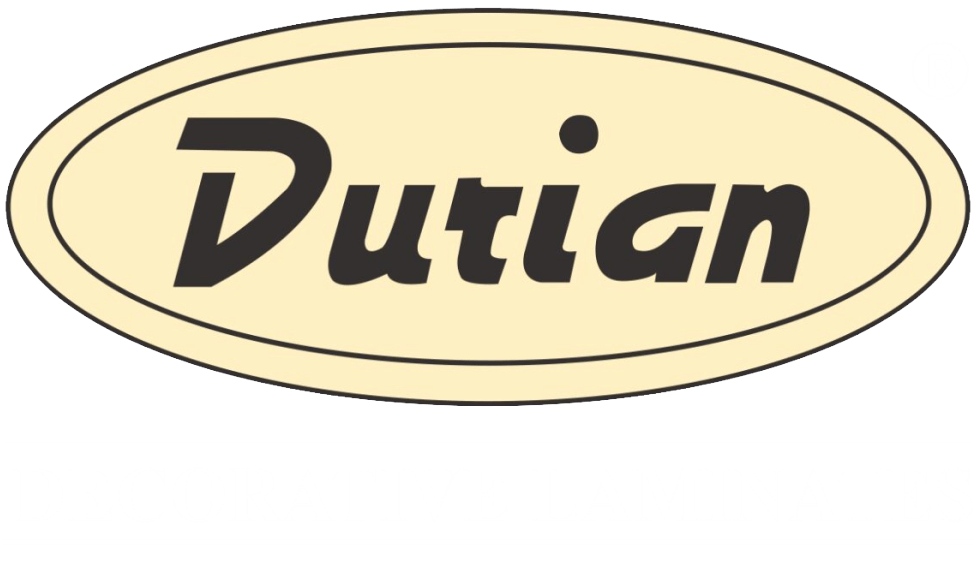High-pressure laminates are the direct descendent of the original plastic laminates. The only difference is that they have been developed to be used in a broader range of applications and can be applied to a variety of surfaces. The production process for HPL is similar to that of other types of laminates. They are created by sandwiching a thin layer of high-pressure laminate between two sheets of wood or metal, which then undergoes heat and pressure. This process creates a superior finish that is extremely durable, scratch resistant, and water-resistant. Durian is one of the most High-Pressure Laminates Manufacturer in India.
HPL is used for a variety of applications, including countertops, furniture, cabinets, elevators, walls, and floors. It is available in a wide range of
designs, textures, and finishes, making it a popular choice for both residential and commercial interiors. HPL is generally easy to clean and
maintain and is highly resistant to scratches, wear, and heat. It is also considered to be one of the most affordable decorative surface materials
available.
A widely utilized substance, HPL is primarily employed in the construction and furniture industries. Why? Because high-pressure compact laminates possess the fascinating qualities and features listed below. Some of them significantly enhance the advantages provided by other substitute items.
- Scratch and Impact Resistance- The HPL tile’s protective layer makes it possible for it to be a material that is very resistant to scratches and powerful impacts, which helps it to maintain its brightness and shine for a considerably longer period of time than other materials. The appearance of having doors or fronts made of living material is created with HPL laminated wood-like treatments but without the potential drawbacks.
- Hygienic Properties- One of the most hygienic items on the market is high-pressure laminate. Bacteria require nutrients and moisture to grow, which can’t happen in a material like HPL laminate. It is an antibacterial substance with a surface so firm that dirt cannot pierce due to the moisture resistance property mentioned above.
- Light Stability and UV Ray Resistance- It should be highlighted that high-pressure laminates are stable to light and will maintain their uniform, homogeneous tone throughout time. The high-pressure laminate, which possesses stability against light and resilience to UV radiation, is responsible for all of this.
- Anti-static- High-Pressure Laminates exhibit anti-static qualities, which means that they do not attract dust. Volatile airborne particles pass through the surfaces nearly without contacting them. A significant quality, especially if there are young children or persons with allergies living there.
High-Pressure Laminates are a material that is used extensively as a surface finish for many materials, including MDF and chipboard. It is a member of the high-tech group of high-pressure decorative laminates, compact laminates, and balance sheets. HPL is created by layering young wood cellulosic technical fibers with phenolic resin, with the upper portion facing the outside covered in cellulose impregnated with heat-hardened resin. When subjected to high pressure and temperature, this process creates a very compact composite sheet with exceptional characteristics and a long lifespan, with its excellent resistance to impact and scratching standing out in particular.


No Comments